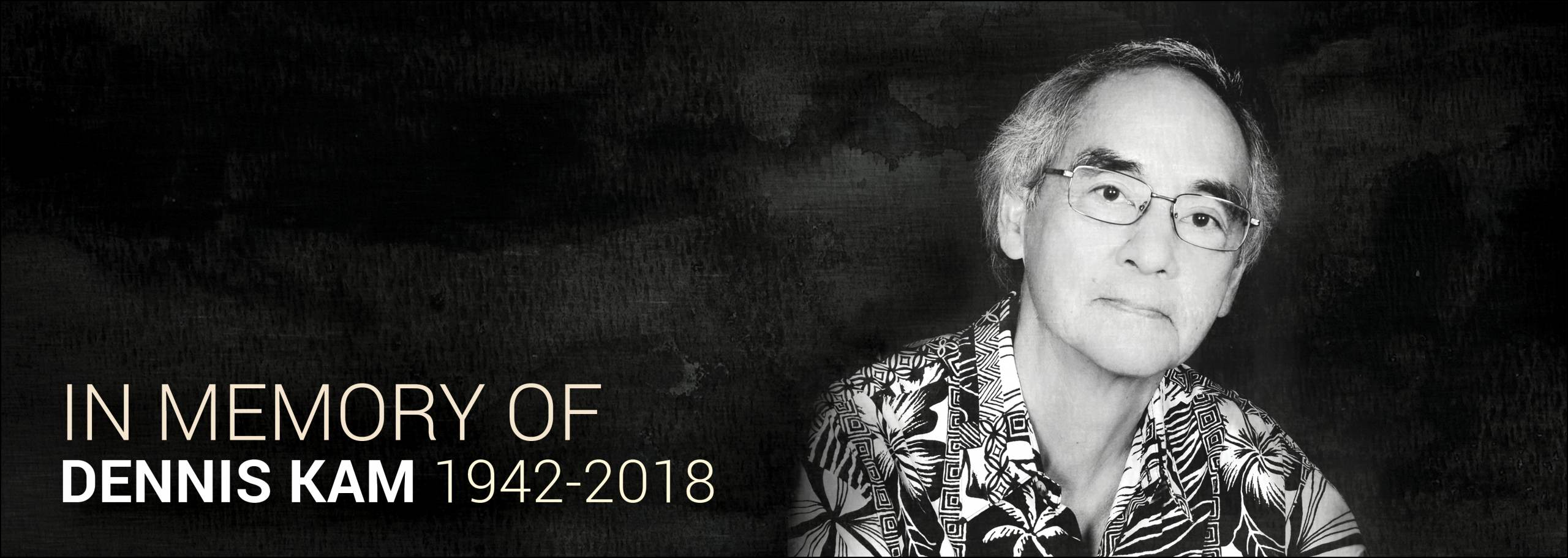Dennis Kam’s obituary notes the Hawaii native will be remembered for “wearing aloha shirts…loving the color green, playing tennis, [and] tai chi practices,” a touching tribute that adds winsome detail to Kam’s international education in music composition and estimable legacy as an educator and musician. In 1974, after studying music in the United States, Austria, and Japan, Kam arrived at the University of Miami’s Frost School of Music where he would stay for 39 years, leading the Music Theory and Composition Departments from 1976-2012. Kam was a pillar of his musical community beyond the university, and an active composer and conductor who received grants and commissions from the Ford Foundation, BMI, and numerous ensembles.
The works on SEVERAL TIMES, Kam’s Navona Records release, are meticulously composed, brimming with energy, and textually intricate. The album’s featured artists – the Pedroia String Quartet and Sirius Quartet, as well as pianists Mia Vassilev and Amy Tarantino-Trafton – render Kam’s music with wit and crystalline precision. Although these works bear the stylistic hallmarks of mid-century modernism, they possess an ineffable charm that must come from the same place as Kam’s laid-back personality and endearing penchant for Hawaiian shirts.
Piano Sonata No. 2, for example, contains a disarming surprise when its pointillistic primary material suddenly gives way to the subdued warmth of an impressionistic chorale. This kind of playfulness also abounds in String Quartet No. 2, wherein delicate pizzicato and fricative tremolo ideas swirl around the ensemble, passed from instrument to instrument like volleys on a tennis court. Both string quartet compositions share a deep curiosity for evolving textures and timbres, while melody and harmony – particularly in String Quartet No. 1 – are stretched and strained through long, overlapping lines that resemble distant echoes.
All four pieces on SEVERAL TIMES possess a nearly paradoxical mixture of steadfast patience and unpredictable impulsiveness. Each work begins deliberately and austerely, conveying an intense focus on a subtly evolving set of ideas. Outbursts of varied styles and textures come unexpectedly, and often once we become so accustomed to the fastidious working out of the piece’s opening material, we do not see a change in direction on the horizon. SEVERAL TIMES, by featuring pairs of compositions for solo piano and string quartet, respectively, beautifully exhibits the Kam’s mastery, and also hints at his musical growth. Piano Sonata No. 1, in comparison with Piano Sonata No. 2, almost seems brash in its free transformation of ideas – the later works display what we can take as Kam’s quintessential approach to form.
Dennis Kam’s music holds a depth of expression that may seem incompatible with its predominantly abstract aesthetic. Enigmatically, listening across his oeuvre leaves one with the sense that Kam’s style is both imminently familiar and completely unknowable. These divergent layers only build intrigue into the creativity of a worthy composer whose skill and artistic perspective deserve every listener’s attention.
— Dr. Garrett Schumann, D.M.A.




